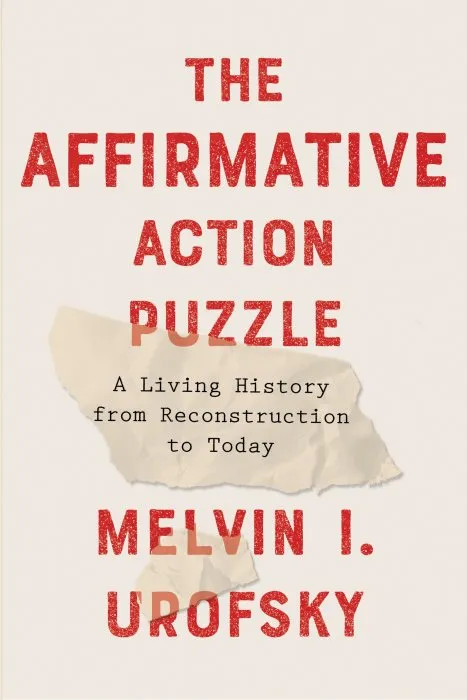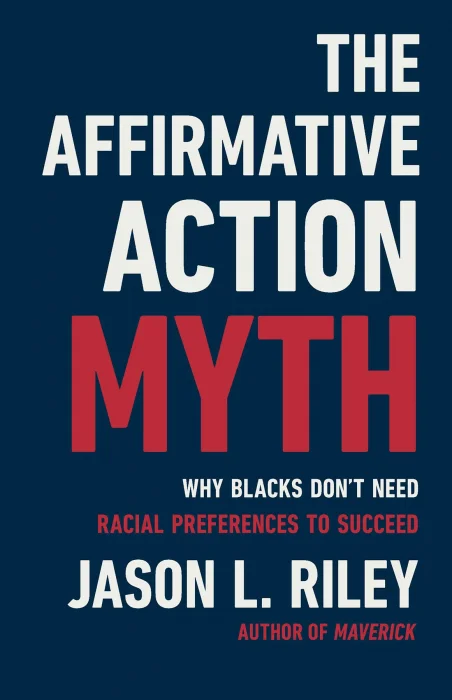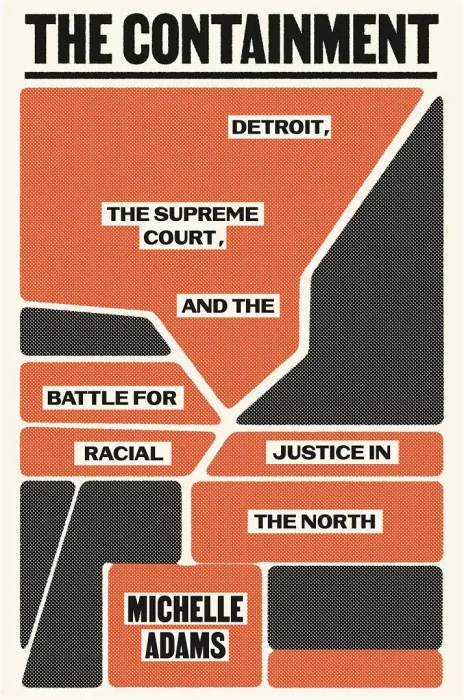The Affirmative Action Puzzle: A Living History from Reconstruction to Today

Date: January 28th, 2020
ISBN: 1101870877
Language: English
Number of pages: 592 pages
Format: EPUB
Add favorites
A rich, multifaceted history of affirmative action from the Civil Rights Act of 1866 through today's tumultuous times
From acclaimed legal historian, author of a biography of Louis Brandeis ("Remarkable" —Anthony Lewis, The New York Review of Books, "Definitive"—Jeffrey Rosen, The New Republic) and Dissent and the Supreme Court ("Riveting"—Dahlia Lithwick, The New York Times Book Review), a history of affirmative action from its beginning with the Civil Rights Act of 1866 to the first use of the term in 1935 with the enactment of the National Labor Relations Act (the Wagner Act) to 1961 and John F. Kennedy's Executive Order 10925, mandating that federal contractors take "affirmative action" to ensure that there be no discrimination by "race, creed, color, or national origin" down to today's American society.
Melvin Urofsky explores affirmative action in relation to sex, gender, and education and shows that nearly every public university in the country has at one time or another instituted some form of affirmative action plan—some successful, others not.
Urofsky traces the evolution of affirmative action through labor and the struggle for racial equality, writing of World War I and the exodus that began when some six million African Americans moved northward between 1910 and 1960, one of the greatest internal migrations in the country's history.
He describes how Harry Truman, after becoming president in 1945, fought for Roosevelt's Fair Employment Practice Act and, surprising everyone, appointed a distinguished panel to serve as the President's Commission on Civil Rights, as well as appointing the first black judge on a federal appeals court in 1948 and, by executive order later that year, ordering full racial integration in the armed forces.
In this important, ambitious, far-reaching book, Urofsky writes about the affirmative action cases decided by the Supreme Court: cases that either upheld or struck down particular plans that affected both governmental and private entities. We come to fully understand the societal impact of affirmative action: how and why it has helped, and inflamed, people of all walks of life; how it has evolved; and how, and why, it is still needed.
From acclaimed legal historian, author of a biography of Louis Brandeis ("Remarkable" —Anthony Lewis, The New York Review of Books, "Definitive"—Jeffrey Rosen, The New Republic) and Dissent and the Supreme Court ("Riveting"—Dahlia Lithwick, The New York Times Book Review), a history of affirmative action from its beginning with the Civil Rights Act of 1866 to the first use of the term in 1935 with the enactment of the National Labor Relations Act (the Wagner Act) to 1961 and John F. Kennedy's Executive Order 10925, mandating that federal contractors take "affirmative action" to ensure that there be no discrimination by "race, creed, color, or national origin" down to today's American society.
Melvin Urofsky explores affirmative action in relation to sex, gender, and education and shows that nearly every public university in the country has at one time or another instituted some form of affirmative action plan—some successful, others not.
Urofsky traces the evolution of affirmative action through labor and the struggle for racial equality, writing of World War I and the exodus that began when some six million African Americans moved northward between 1910 and 1960, one of the greatest internal migrations in the country's history.
He describes how Harry Truman, after becoming president in 1945, fought for Roosevelt's Fair Employment Practice Act and, surprising everyone, appointed a distinguished panel to serve as the President's Commission on Civil Rights, as well as appointing the first black judge on a federal appeals court in 1948 and, by executive order later that year, ordering full racial integration in the armed forces.
In this important, ambitious, far-reaching book, Urofsky writes about the affirmative action cases decided by the Supreme Court: cases that either upheld or struck down particular plans that affected both governmental and private entities. We come to fully understand the societal impact of affirmative action: how and why it has helped, and inflamed, people of all walks of life; how it has evolved; and how, and why, it is still needed.
Download The Affirmative Action Puzzle: A Living History from Reconstruction to Today
Similar books
Information
Users of Guests are not allowed to comment this publication.
Users of Guests are not allowed to comment this publication.




